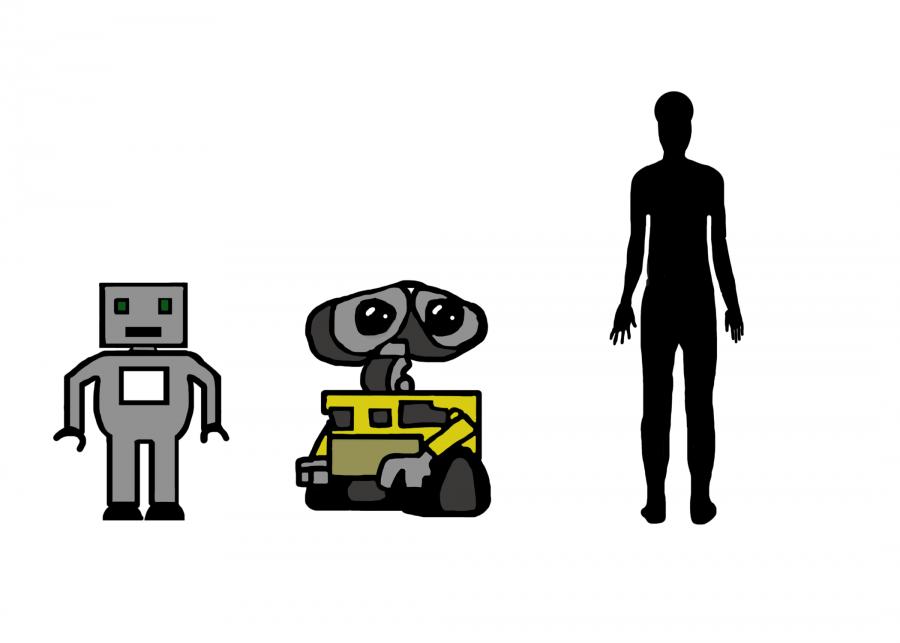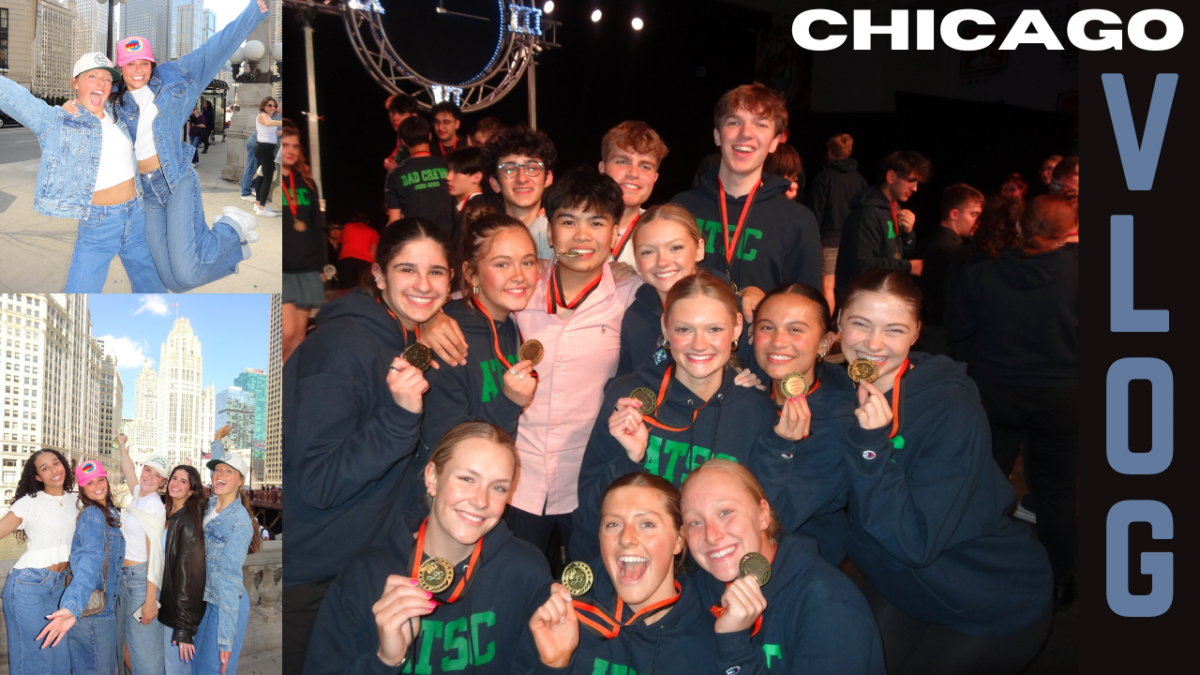The mind is an incredible place that has valleys of unexplainable behaviors. Occasionally, there can be trends in these behaviors that lead psychological professionals to wonder, “why?” Why do people behave the way they do? What actions are humans willing to commit? How can we come to these results? Some of the studies trying to answer those questions are listed below. These studies aim to answer humanity’s questions, ranging from why humans are so sadistic, to why people feel the urge to poop in bookstores.
Mariko Aoki Phenomenon
The Mariko Aoki Phenomenon relates to a person’s urge to poop upon going into a bookstore. The term was coined after a woman with the same name brought up the idea in a magazine published in 1985. Surprisingly, many people were able to relate to this. It was so relatable that people began to wonder why this urge came about. The exact reasoning hasn’t been defined by any psychologists yet, but there are theories relating to the vibe of bookstores, like the smell and overall relaxed nature. It’s been said that, in particular, the smell of the ink causes a laxative effect, as does squatting to reach books. Unfortunately, no definite findings have surfaced as to why this happens. While the Mariko Aoki Phenomenon didn’t quite lead to leaps in psychological progress, it did lead to many bookstore poopers realizing they weren’t alone.
Murphy’s Law
Murphy’s Law is the well-known idea that “anything that can go wrong, will go wrong.” The law was made on an air base, as a captain (named Murphy) wished to see how much pain a pilot could withstand while decelerating. One day, Murphy found that the interior of an plane was wired wrong, leading him to proclaim this. Nowadays this ‘law’ is more of a superstition than anything. However, this doesn’t mean that Murphy’s Law doesn’t have science to it. Statistical probability indicates that anything is bound to happen, especially unfortunate events. It has been hard to test, due to the fact that a lot of incidents where the law could make sense are anecdotal.
[“The Science of Murphy’s Law” by Robert A.J. Matthews, SCIENTIFIC AMERICAN, April 1997]
Uncanny Valley
The Uncanny Valley is very specific and very recognizable. The idea of the valley is that, any humanoid robot with some quality just preventing it from being human will be rendered entirely unsettling. There is a very popular chart depicting the valley, showing a direct relationship in positive growth between familiarity and human likeness. However, just before reaching a healthy person, the line dramatically dips down below the graph, representing the valley. A machine that assigns labels to bottles is low on the chart, as it’s both inhuman and unfamiliar. Wall-E is higher on the chart, because while he isn’t human, he’s familiar and endearing. A real human is the highest on the chart. Something like Sophia the Robot falls directly beneath the chart, in the valley. This is due to her gross plastic face and gears where her hair should be. Masahiro Mori, a professor of Robotics, developed this theory. He wanted to take note of how humans found certain robots revolting if the brain wasn’t able to grasp that they were just outside of humanity.
[“The Uncanny Valley” by Masahiro Mori, ENERGY, 1970]
Milgram Experiment
The Milgram Experiment was a study conducted by Stanley Milgram at Yale. At that time, there would be offers around campus for volunteers to take place in a psychology experiment for a certain amount of money. These volunteers would go into a room with a control panel, and be told that in the next room there would be a second volunteer answering questions. They were told to send an electric shock if that student got the question wrong, and the shock got higher as the students continued answering incorrectly. The volunteer at the panel could very well hear the other volunteer screaming. The catch was that there was no other volunteer in that second room, it was just an actor screaming. Milgram wanted to see how willing people would be to follow orders given to them, no matter how sadistic. He wanted to tie this to the atrocities committed by the Nazis, to understand if any crisis of conscience could occur. Unfortunately, it was found that several people would commit these shock treatments with little to no urging.
Mandela Effect
The Mandela Effect is one of the most popular and interesting theories ever to surface during the modern era. It centers around the idea of several people having vivid memories of a certain event happening, but as it turns out, that event had never happened. The theory got its name due to the fact that several people had thought that Mandela died in prison. They remembered specific things following that, like his funeral being aired on television. However, Mandela really died in 2013 from a respiratory tract infection. Some people think these memories can be tied to the multiverse theory, or the theory of parallel/alternate universes. It really has more to do with memories losing their truth the more often they’re remembered. However, people do like to dream, and if some want to imagine there is a world where there’s a definitive Berenstein or Berenstain, and who is anyone to stop them?
[“On shared false memories: what lies behind the Mandela effect” by Caitlin Aamodt, AEON, February 2017]
story by jane knudsen, graphics by lydia kasem








